When it comes to cult cameras, I don’t think any company can compete with Olympus for the sheer number of models that have gained cult status before the current wave of point-and-shoot madness. You have the Mju (µ) aka Stylus, Stylus Epic, the entire XA line, and then there’s this camera, the Trip 35. When it comes to sleek and stylish cameras not to mention easy to operate and compact the Trip 35 has all of that in spades. And it probably helped catapult the camera to fame with the support of David Bailey. My own journey into the Trip 35 started with the Film Photography Podcast, during their August 2010 episode where the Trip 35 was mentioned. Well, this during the early days of my return to film I hopped on eBay and immediately bought myself one. And I soon realised what a great camera the Trip 35 is, easy to use, pocketable, and you didn’t have to think too much.
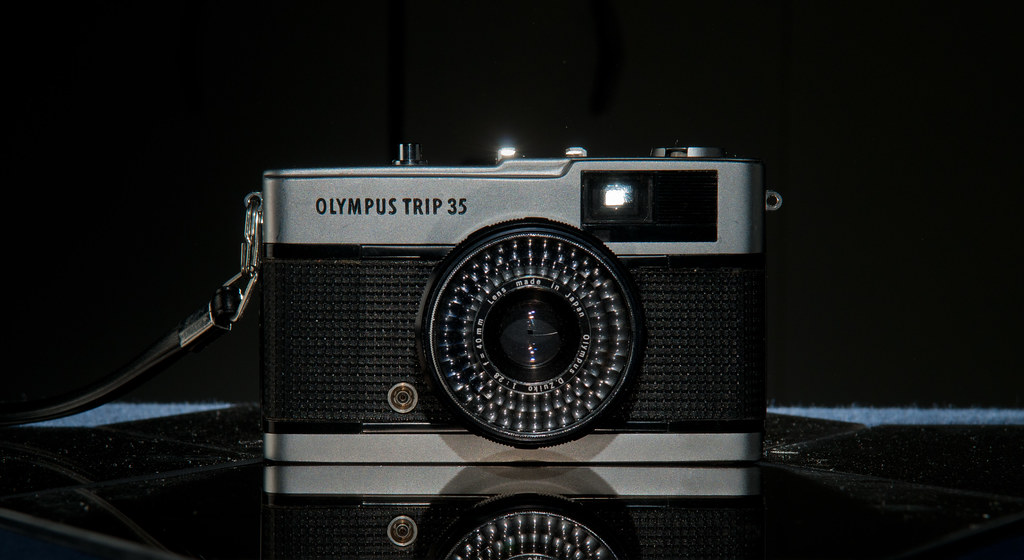
Camera Specifications
Make: Olympus
Model: Trip 35
Type: Zone Focus
Format: 135 (35mm), 36x24mm
Lens: Fixed, Olympus D.Zuiko 1:2.8 f=40mm, 4 element/3 groups, f/2.8-f/22
Shutter: Leaf Shutter, 1/40″ or 1/200″
Meter: Selenium Cell, EV 8.32 ~ EV 17.42 @ ASA-100, ASA-25 – ASA-400
Year of Manufacture: 1967-1984


Background
During the 1960s Olympus had dumped most of its resources into the production of two items, the first being the iconic half-frame SLR the Pen F and secondly the D.Zuiko lens design. Both being the brainchild of noted designer Yoshihisa Maitani. Maitanai did not have anything to do with the Trip 35 project, but the design of the camera certainly took its feel and style from the Pen F. But unlike the half-frame Pen, Olympus wanted to design the camera around the full-frame 35mm film, that is 36x24mm. Their overall goal was a camera that could be taken on family holidays that anyone can operate. The camera was built around the D.Zuiko lens offering good optical performance. For Olympus, they wanted to bring a simple top-performing camera to the market that would make photography accessible to all without having to carry around accessories like light meters. They wanted full auto-exposure out of the Trip 35 and achieved this using a selenium cell around the lens element. First, they simplified the automatic shutter having only two speeds, 1/200th or 1/40th of a second, then using a trapped needle system to use the light reading from the selenium cell that would dictate how far a traveller would open the camera’s aperture. Released in 1967, Olympus engaged in an aggressive marketing campaign using noted British photographer David Baily as the spokesperson for the camera. The only change to the Trip 35 during the production run saw the chrome shutter release replaced with a black plastic release in 1978. By the time production ended in 1984 over ten million cameras were sold.
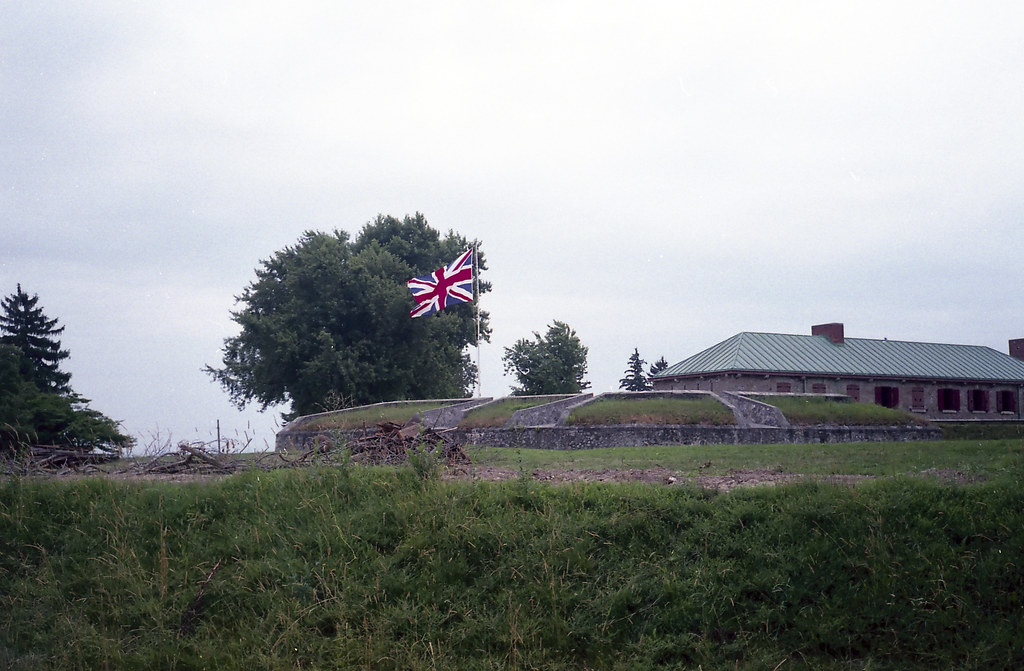

Impressions
You can certainly see the minimalist ethos in the Trip 35 design, but not overly done that the camera looks cheap. Because the camera is certainly not cheap in any aspect, it is a well-designed layout and you can certainly see the effect that the Pen F had on the designs of Olympus at the time. The general design is not cluttered for such a small form factor, the top plate having only the shutter release and rewind knob, the film advance is a thumbwheel and the aperture controls are located on the lens barrel. And everything is in the right place making it a great camera for snaps and quick action when you don’t want to do much in the way of thinking. The viewfinder is big and bright with clear lines to help with composition complete with parallax correction. What is also fun is the big selenium cell around the lens, a rather iconic look for similar cameras of the era, but there are filter threads so that the camera meters through the filter accounting for filter factor without you having to think. And the focusing, while done zone style, is easy to understand and clicks with each so that you don’t suffer from accidental bumpage or creep. Plus you don’t need to worry about carrying a big bag or heavy strap, the Trip 35 fits easily in the pocket without having to worry too much.


Experiences
To put it simply the Trip 35 is a fun camera to shoot with, and because of its compact size makes for a good companion when you already are packing a large camera. Often I would carry it with me when I was out shooting with a 4×5 which took up a lot of time and space, but with the Trip 35, I had something simple that took up no room at all. And while the camera did offer some level of semi-automatic control, I ran the camera fully automatic and never had to worry the selenium meter never failed me on an exposure. I could also easily carry the camera without knowing I had it on me and could slide it into the pocket. It took every condition from cold to warm, snow to rain without missing a beat. The viewfinder as I mentioned previously is big and bright and never had an issue with bad composition thanks to the frame lines. As for focus, it took a while for me to figure out the zone focus, but this was also my first zone focus camera and I had mostly worked with SLRs or Rangefinders. The shutter is a little difficult to hear, but having that subtle sound makes it easy to do street photography, and the thumbwheel advance while having a long travel isn’t overly long, and being plastic doesn’t dig into your fingers in the cold weather. And both loading and unloading film is a simple process.
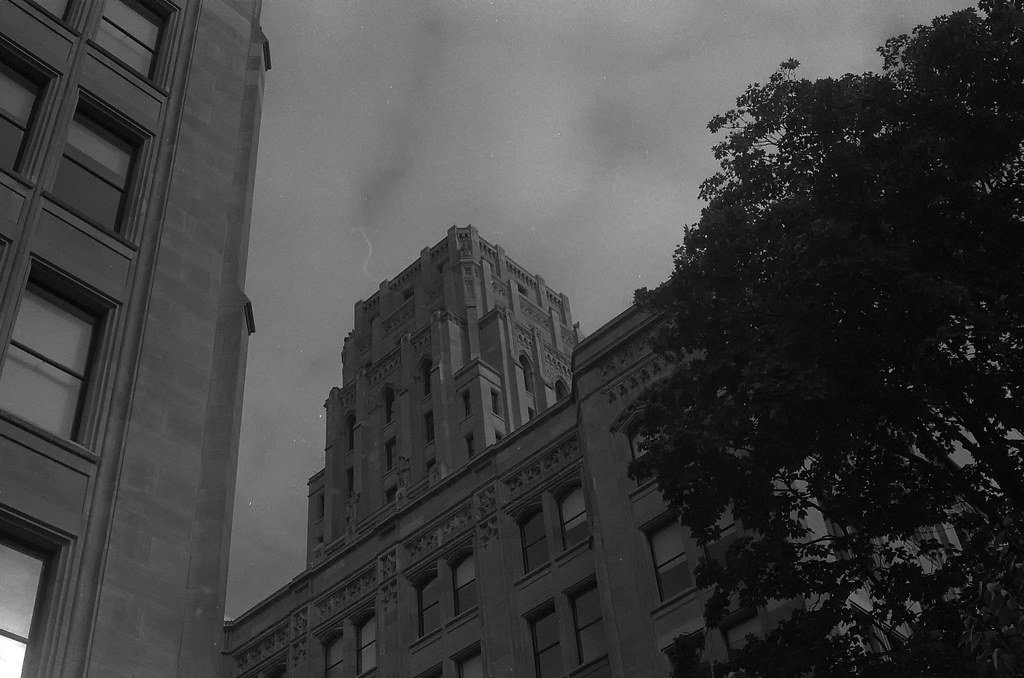
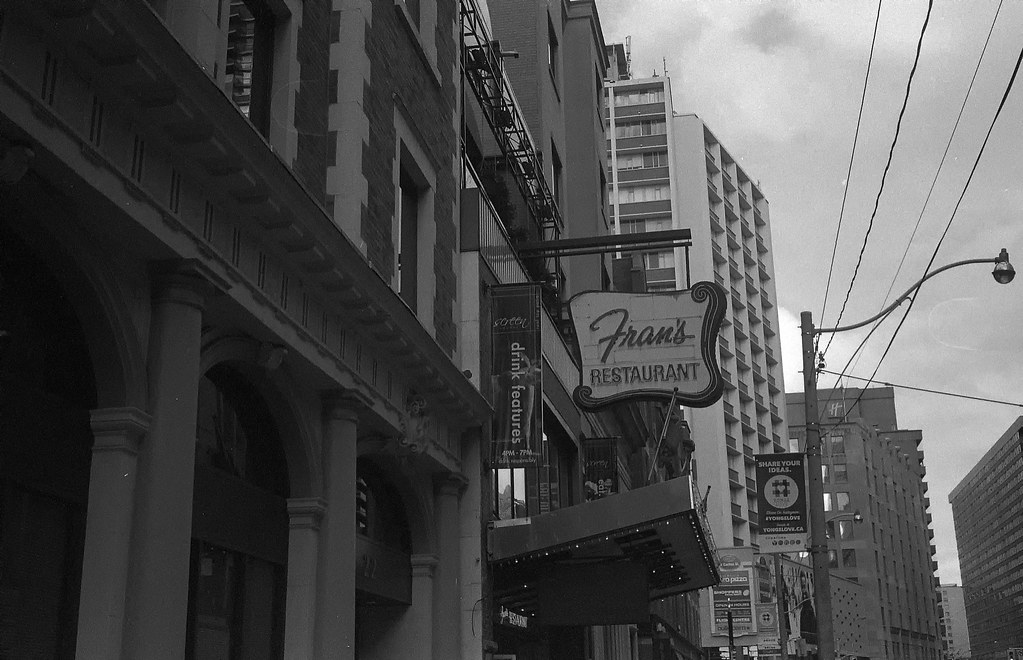
Optics
Here is where the Trip 35 shines. The lens is the iconic D.Zuiko, designed by Maitani as a lens that could deliver the same quality that he found in the lenses he used on his Leica IIIf. The D.Zuiko is a Tessar design, that is a four-element in three group design. This particular design went into several Olympus lenses including the ones for the Pen F and eventually the OM series of SLRs. The result is that you get sharp images with lovely contrast, plus it works well with both colour and black and white films. The 40mm focal length is perfect for a pocket camera, it’s not too wide to make holiday snaps look weird, but not too long to have dad fall off the edge while getting that family group shot. Plus the lens is decently fast with the widest aperture at f/2.8 and stopped down to f/22 to ensure everything is in focus for those grand vistas. Honestly, unless I messed something up, I don’t think I ever got a bad image out of the camera.
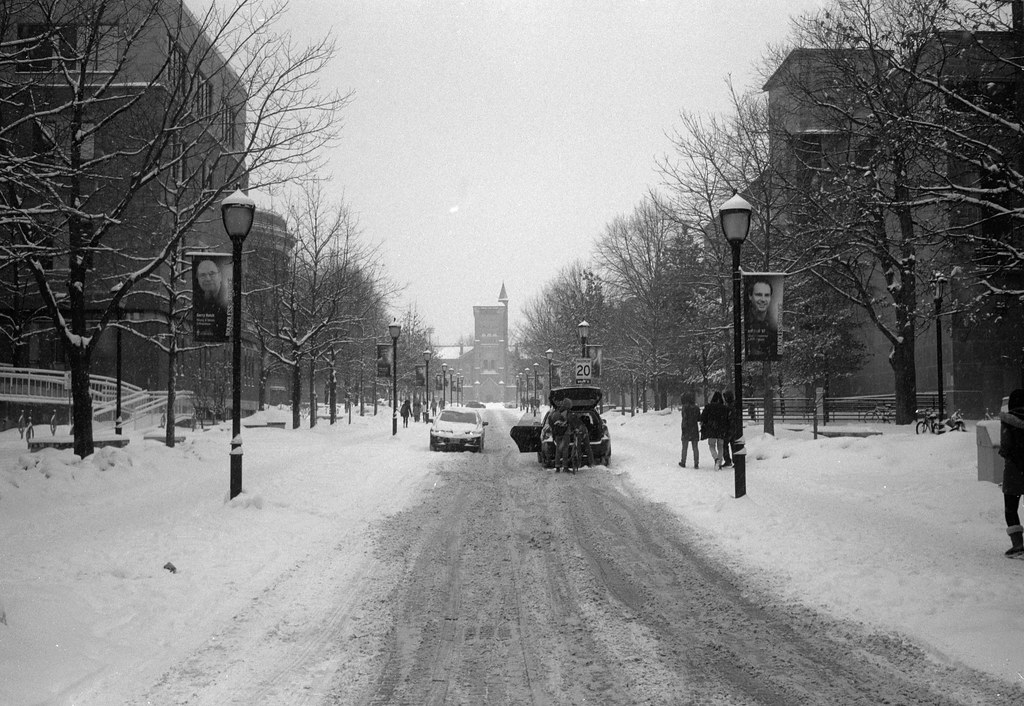

Lowdown
Like many of my early camera acquisitions as my collection and toolbox grew the Trip 35 soon became relegated to the top shelf, which is where my low use cameras go. But don’t take this as a bad thing, the Trip 35 is and remains a fantastic camera that provided me with several excellent years of use. And like many of my cameras it to went on to serve another photographer who lost his own black release Trip 35 and was most pleased to get a chrome release model. If you are in the market for one, the only thing to watch out for is a dead selenium cell, once it’s gone, the camera is basically toasted, as a repair is both difficult and hard to get. The best practice is to have some sort of lens cap to protect the cell. Thankfully the Trip 35 has been unaffected by the crazy prices of point-and-shoot cameras today with most going for 50-150$ for working examples. And if you do get one, don’t worry, it will serve you well.
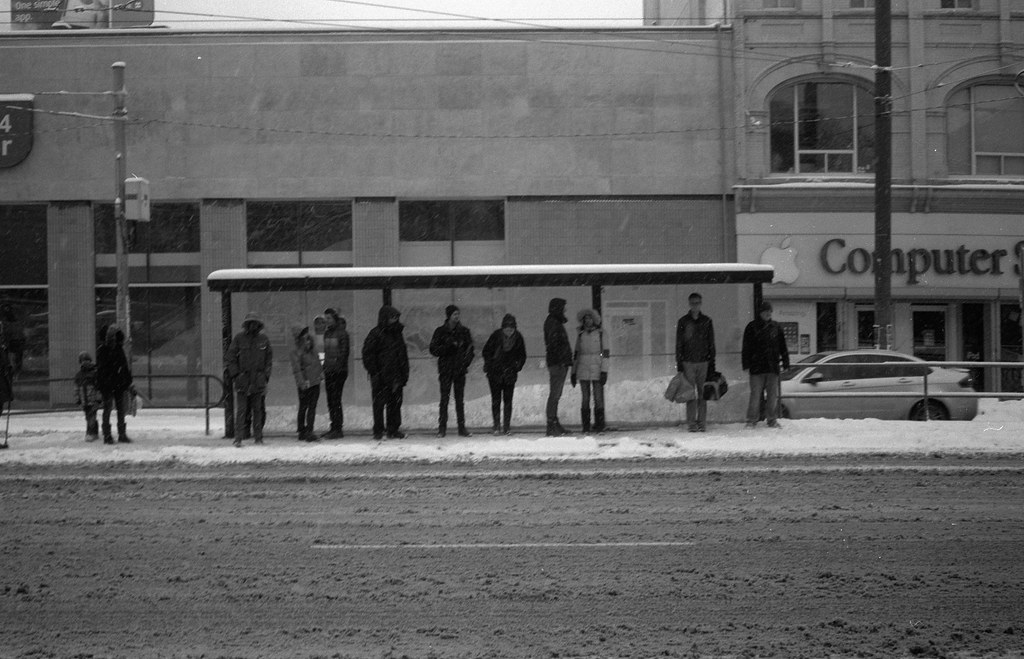

Further Reading
Don’t just take my word on the Trip 35, you can check out the reviews by other awesome camera reviewers!
35mmc – A Cult Classic Point and Shoot Olympus Trip 35
Mike Eckman Dot Com – Olympus Trip 35 Review
Down the Road – Operation Thin the Herd: Olympus Trip 35
Kosmo Foto – Olympus Trip 35 Review
Canny Cameras – Yet another Trip 35 review
Casual Photophile – Olympus Trip 35 Review
Photo Thinking – Olympus Trip 35 A Holiday Camera
Camera Go Camera – Olympus Trip 35 Review
And if you want to read more about the man who made Olympus, check out the great article on the Casual Photophile on Yohihisa Maitani!